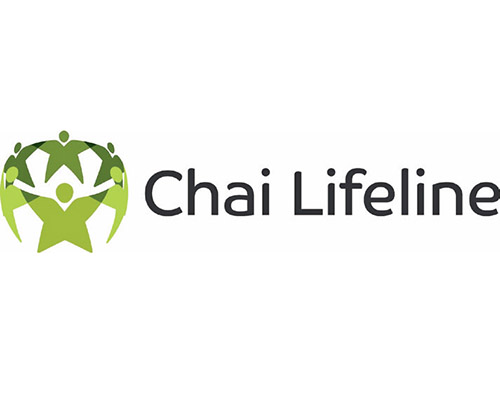





Cancer is a devastating illness, but when it strikes a child, the blow is immeasurably harder. How do you explain to a child that the treatment will be as painful as the disease? Why should a young person have to contemplate the specter of illness or worse? It’s enough to destroy a person’s spirit—unless you are a child or teen at Camp Simcha.
Three hundred campers and staff celebrated the joy they find in Camp Simcha every day with a boisterous and meaningful March of Hope across the Brooklyn Bridge last week.
The March of Hope was the peak of the summer session for campers and staff. Together they sang and danced their way from Brooklyn to Manhattan. Girls who could walk joined counselors and pushed their friends in wheelchairs. Bald heads peeked out from underneath hats that had kept off the sun during the day. Pedestrians stopped their commute across the bridge to watch, cheer and take photos. With smiles as wide as the river they spanned, they sang and danced their way to the second of the two supporting towers, eager to release their balloons into the sky.
“When I look up and see the sky, I can see that no matter how high the buildings or the trees, the sky is still higher. When you let go of your balloons, there won’t be any obstacles between them and the sky. I hope that’s the way your life will be, free of any more obstacles,” Rivky Schwartz, the girls’ head counselor, said. “Every single one of you is fighting her own battles. The reason we are here doing this together is to show that we are stronger together.”
The girls were just about to let go when a camper asked Rivky for the microphone. With tears in her eyes and a tremor in her voice, she addressed her friends.
“I wasn’t going to be here. I wasn’t going to come to Camp Simcha. I was going to go on the helicopter and then go home. But every day has been tops, one better than the next. I feel blessed to be here. I can’t believe how lucky I am. I feel like the person I was two years ago before I got sick. I feel healthy.
“I don’t think that I’ve been cursed (by cancer). I am getting better every day, and I know that I will be better. Death is afraid of us. We’re here. We’re strong. We’re surviving. And we are going to come back and share our story.”
With that, the girls counted down from 10 and released a hundred multi-colored balloons into the air.
This was the second March of Hope undertaken by Camp Simcha. The first was seven years ago. And like the original event, there was a feeling that the jubilation had been growing since the beginning of the summer.
Just a few days prior, the girls had streamed across camp to a giant billboard where “I believe” was written 100 times. Each girl picked up chalk and approached. “I believe…I am a hero…I can fly… in love…in hope…in power. I believe that the love in Camp Simcha conquers all. I believe in strength. I believe I can…I believe in me.”
Chai Lifeline executive vice president Rabbi Simcha Scholar said he was overwhelmed by the strength and purity in the girls’ responses, but not surprised. “The power of Camp Simcha is that it takes children out of the cancer mindset and helps them see the possibilities of their lives. Hospitals are places where their bodies can be healed. Camp Simcha is a place where their spirits can heal.”
Camp Simcha, named in memory of Samuel Abraham, is a project of Chai Lifeline. For more information about the organization, visit www.chailifeline.org.









